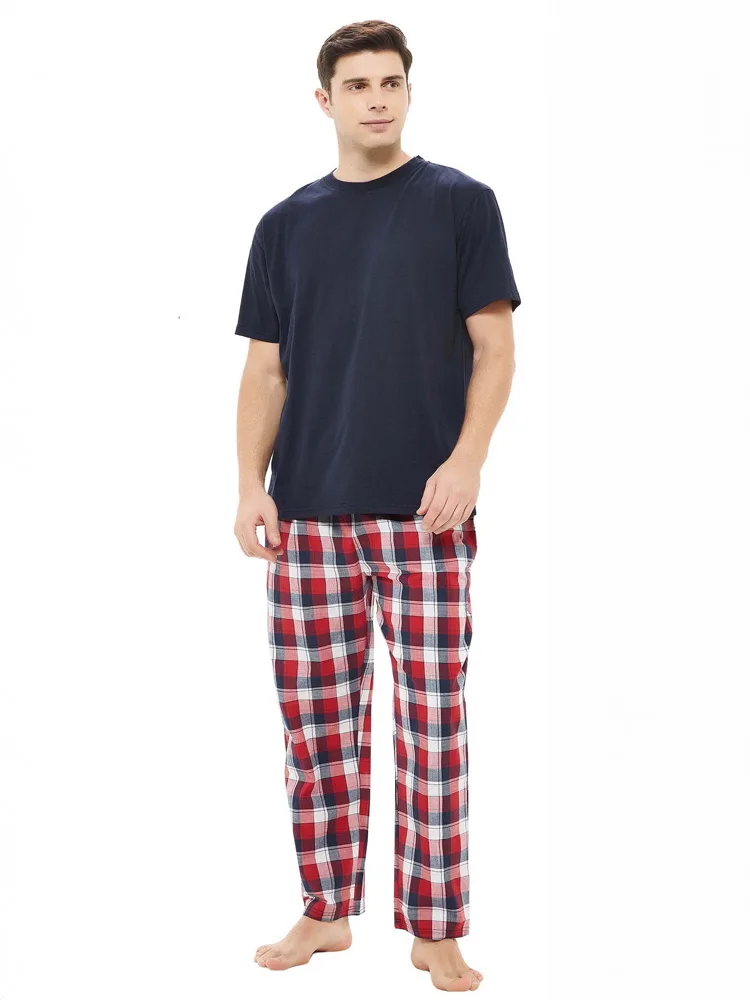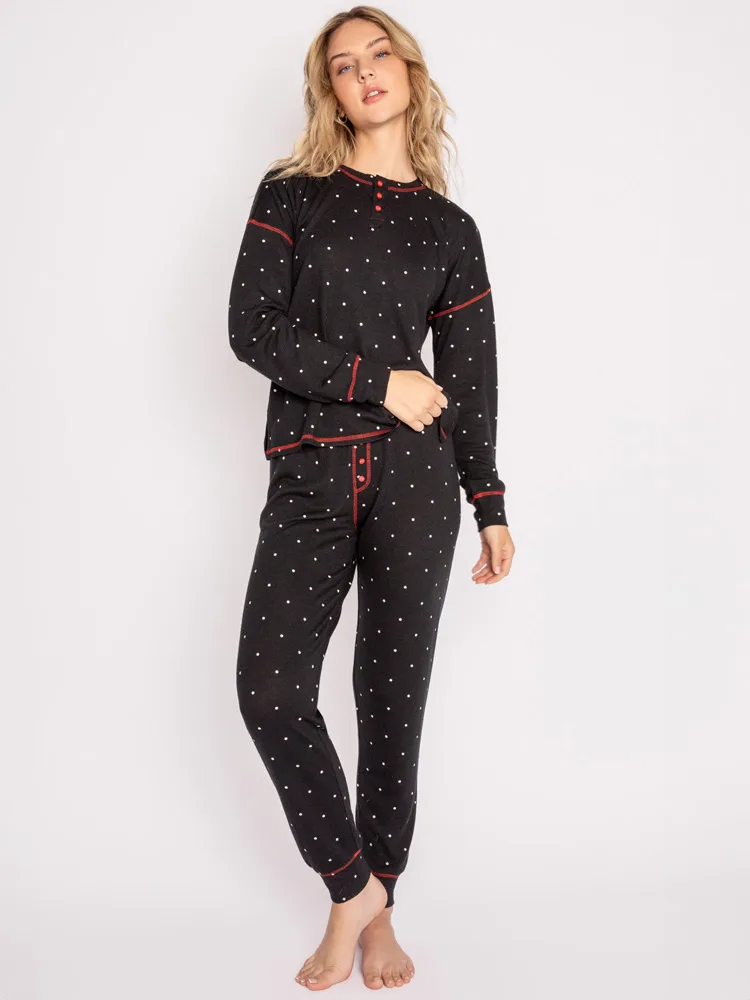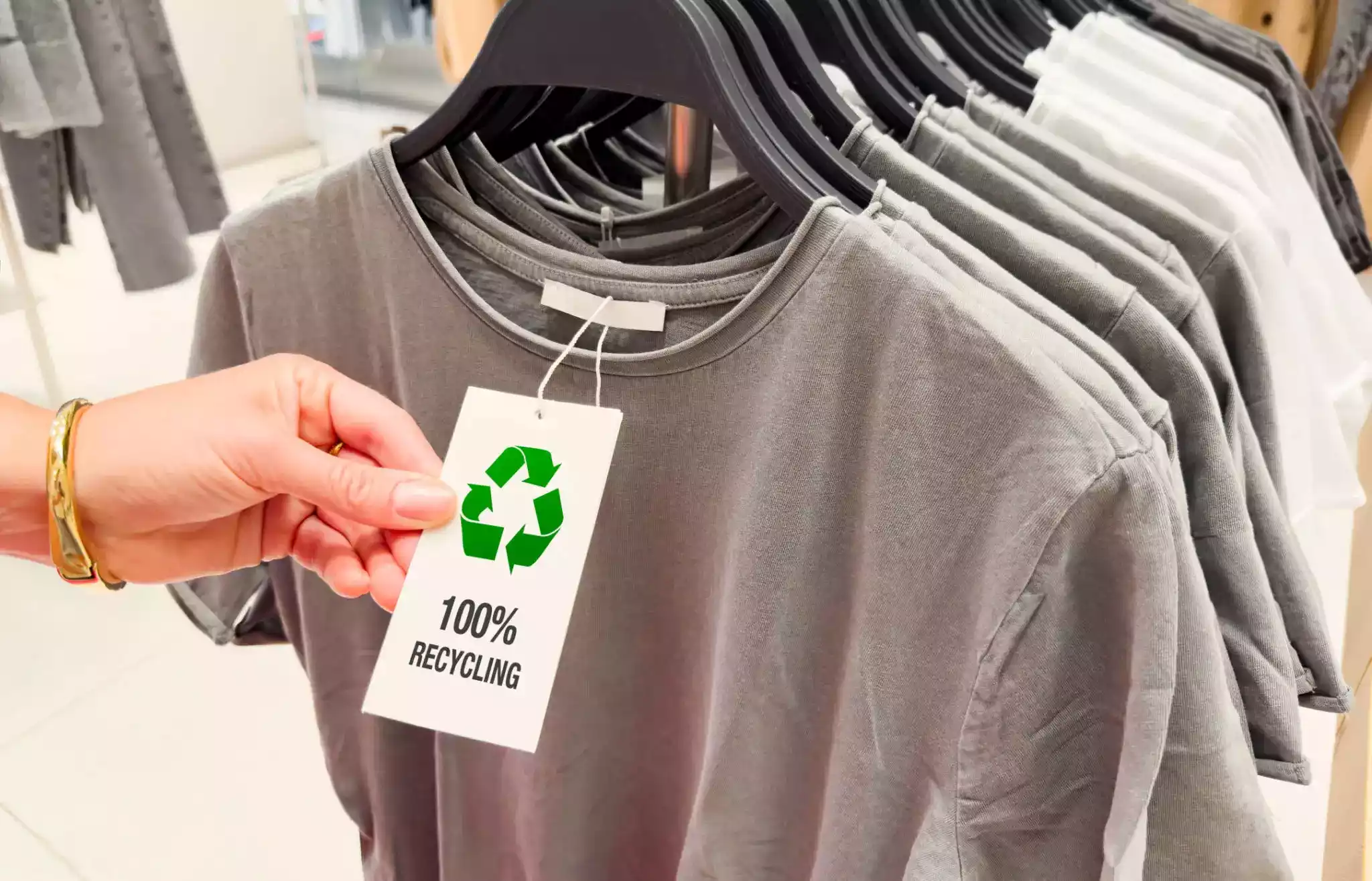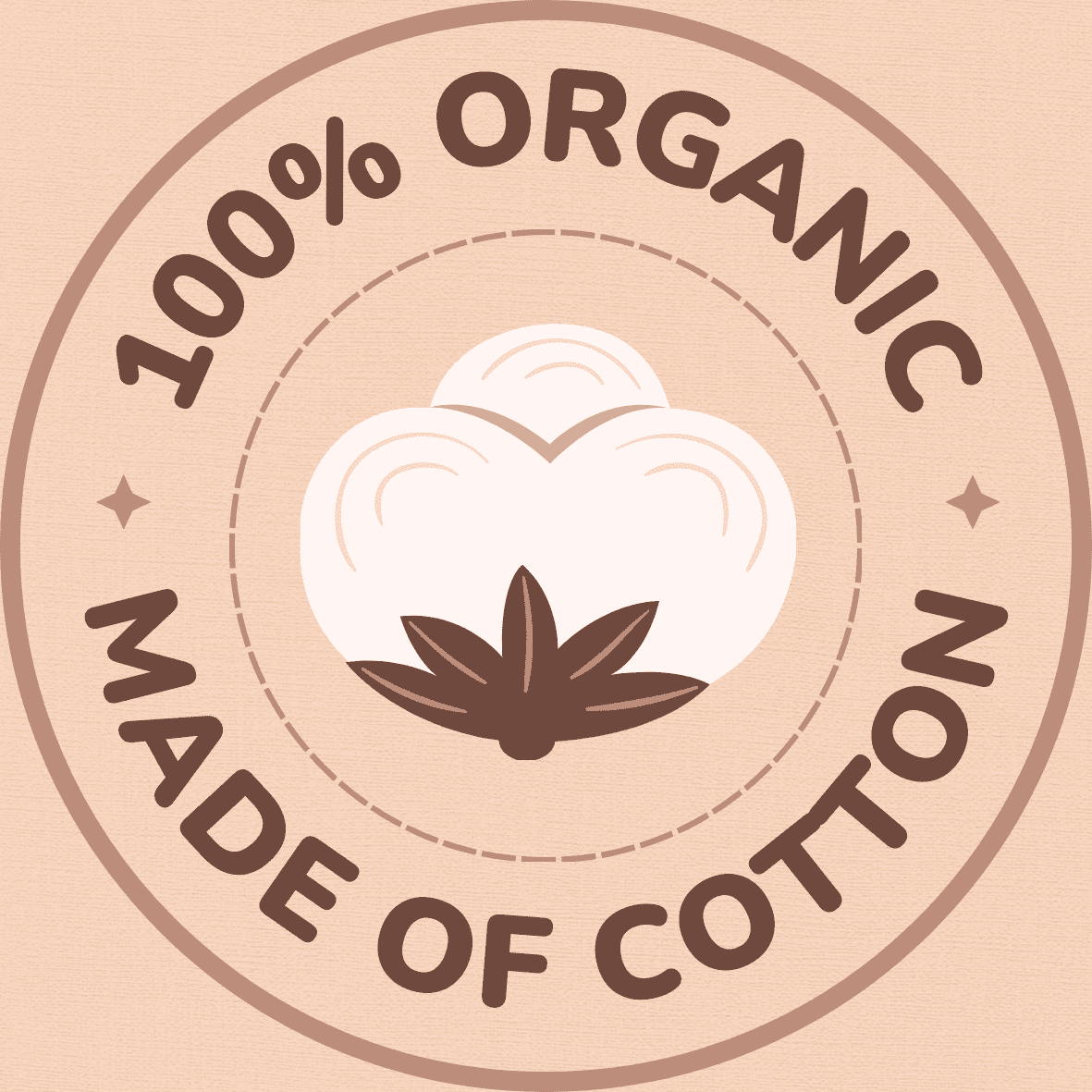Clothing producers bring fashion concepts to life. Collaborate with them to transform your ideas into stylish and marketable garments.
The Intricate Process of Clothing Production
Clothing production is a complex and intricate process that involves a multitude of steps and the coordination of various professionals. From the clothing producers who come up with the initial design concepts to the clothing manufacturers who bring those designs to life, every stage requires precision and expertise. In recent years, the clothing industry has seen a rise in clothing manufacturers from countries like China. These clothing manufacturers in China have gained recognition for their efficiency and high-quality products, making them valuable partners for brands around the world. With their advanced production techniques and skilled workforce, clothing manufacturers in China have become an integral part of the global clothing production industry.
Sourcing Materials: From Fibers to Fabrics
The process of clothing production begins with sourcing the materials, from fibers to fabrics. This crucial step sets the foundation for the entire manufacturing process. Custom clothing manufacturers like https://pjgarment.com/ play a significant role in finding the right materials for each garment.
These custom clothing manufacturers source a wide range of fabrics, from natural fibers like cotton and silk to synthetic materials like polyester and nylon. They carefully select the fibers based on their desired qualities, such as breathability, durability, and drape. Once the fibers are sourced, they undergo various processes to transform them into fabrics that can be used for clothing production. This involves spinning the fibers into yarns, weaving or knitting the yarns to create the desired fabric structure, and then finishing the fabric to enhance its appearance and performance.
Clothing producers in the UK also play a crucial role in sourcing materials. With a focus on sustainability and ethical practices, these producers prioritize materials that have been responsibly sourced and have minimal negative impact on the environment. They work closely with suppliers and manufacturers to ensure that the materials used in clothing production meet their stringent quality standards. By selecting the right fibers and fabrics, custom clothing manufacturers and clothing producers in the UK set the stage for creating high-quality garments that are both fashionable and environmentally conscious.
The Art of Pattern Making and Prototype Development

Pattern making and prototype development are essential steps in the clothing production process. These intricate tasks require the expertise of skilled professionals who understand the nuances of garment construction. Clothing line producers rely on the art of pattern making to translate their design ideas into wearable garments. Whether they are creating a simple t-shirt or a complex evening gown, precision and attention to detail are crucial in ensuring a well-fitting and aesthetically pleasing end product.
For clothing producers near me and around the world, pattern making and prototype development play a pivotal role in their operations. These producers work tirelessly to create patterns that serve as precise blueprints for cutting and sewing garments. Through meticulous measurement calculations, they transform design sketches into 2D templates that determine the shape, size, and structure of each component of a garment. From collar design to sleeve length, every detail is carefully considered to achieve the desired fit and style. Skilled pattern makers work closely with designers and garment technologists to create multiple prototypes, which are tested and refined until the perfect product is achieved.
The art of pattern making and prototype development requires a blend of creativity, technical knowledge, and precision. It is the foundation upon which clothing producers build their collections, bringing design concepts into physical form. Through the expertise of pattern makers and the iterative process of prototype development, clothing producers are able to create garments that meet the high standards of both fashion and functionality. As the demand for clothing continues to grow, these skilled professionals and the art they master will continue to be essential in the world of fashion.
Cutting and Sewing Techniques: Craftsmanship at its Finest
The art of cutting and sewing is a testament to the craftsmanship exhibited by sustainable clothing producers. With precision and expertise, these producers meticulously shape and transform fabrics into wearable garments. Each cut and sewn stitch bears the mark of dedication and attention to detail, ensuring that every piece of clothing meets the highest standards of quality. From the initial pattern to the final finished product, these producers showcase their commitment to creating garments that are not only visually appealing but also built to last.
In the world of clothing production, tag clothing producers also play a significant role in advancing the art of cutting and sewing techniques. Tag clothing producers focus on creating clothing that is distinguished by its unique branding and labeling. They diligently cut and meticulously sew together various textile components, incorporating tags and labels that bear their signature designs. With an emphasis on precision and professionalism, tag clothing producers leave no room for error, ensuring that each garment is flawlessly crafted and representative of their brand identity.
Furthermore, fiber clothing producers are an integral part of the cutting and sewing process, contributing to the artistry and meticulousness involved in garment production. These producers specialize in working with different types of fibers, whether natural or synthetic, and transform them into fabric materials for cutting and sewing. From selecting the highest quality fibers to expertly weaving and knitting them into fabric, fiber clothing producers ensure that the foundation of every garment is strong and durable. Their attention to detail and proficiency in handling different fibers give clothing the desired texture, durability, and comfort that consumers seek.
As sustainable clothing producers, tag clothing producers, and fiber clothing producers converge in the intricate process of cutting and sewing, their collective craftsmanship is truly at its finest. The commitment to quality, precision, and attention to detail exhibited by these professionals highlight the timeless artistry that goes into every stitch of a garment. Indeed, the art of cutting and sewing is a testament to the skill and expertise of these clothing producers, breathing life into fashion and ensuring the creation of garments that not only satisfy consumers’ aesthetic desires but also stand the test of time.
The Role of Technology in Modern Clothing Production

The advancements in technology have revolutionized the clothing production industry, allowing for more efficient and streamlined processes. One area where technology has made a significant impact is in the production of flame resistant clothing. Flame resistant clothing producers have been able to utilize cutting-edge materials and manufacturing techniques to create garments that offer high levels of protection against fire hazards. The use of advanced materials such as aramid fibers and innovative manufacturing methods like 3D knitting has improved the overall quality and durability of flame resistant clothing, ensuring the safety of workers in hazardous environments.
In addition to flame resistant clothing, technology has also benefited wholesale clothing producers, particularly in terms of inventory management and production planning. With the aid of sophisticated software and data analysis tools, wholesale clothing producers are able to predict consumer demand more accurately, leading to reduced inventory wastage and more efficient manufacturing processes. Technology has also allowed for real-time tracking of raw materials and finished goods, optimizing supply chain management and ensuring timely delivery of products to retailers. By embracing technology, wholesale clothing producers are able to enhance their competitiveness in the market and meet the ever-changing demands of consumers.
Furthermore, technology has played a crucial role in the production of ladies clothing. With the advent of computer-aided design (CAD) software, designers are able to create intricate patterns and designs with utmost precision. This not only saves time and effort but also allows for more creative possibilities in garment design. Additionally, the use of advanced machinery such as automated cutting systems and computerized sewing machines has increased the speed and accuracy of the manufacturing process. By leveraging technology, ladies clothing producers are able to produce high-quality garments that cater to the unique demands and preferences of their target market.
The role of technology in modern clothing production cannot be overstated. From flame resistant clothing producers to wholesale clothing manufacturers and ladies clothing producers, technological advancements have paved the way for improved efficiency, quality, and innovation in the industry. As technology continues to evolve, it is expected that clothing production will become even more sophisticated, empowering the industry to meet the challenges and demands of the future.
– Flame resistant clothing producers have utilized advanced materials and manufacturing techniques to create garments that offer high levels of protection against fire hazards.
– The use of aramid fibers and 3D knitting has improved the overall quality and durability of flame resistant clothing, ensuring worker safety in hazardous environments.
– Wholesale clothing producers benefit from technology through inventory management and production planning.
– Sophisticated software and data analysis tools allow for accurate predictions of consumer demand, reducing inventory wastage and improving manufacturing processes.
– Real-time tracking of raw materials and finished goods optimizes supply chain management, ensuring timely delivery to retailers.
– Technology has played a crucial role in the production of ladies clothing through computer-aided design (CAD) software.
– CAD software allows designers to create intricate patterns with precision, saving time and effort while enabling more creative possibilities in garment design.
– Advanced machinery such as automated cutting systems and computerized sewing machines increase speed and accuracy in the manufacturing process for ladies clothing producers.
Quality Control: Ensuring Perfection in Every Stitch
Quality control is a crucial aspect of clothing production that ensures the perfection of every stitch. In the competitive industry of fashion, manufacturers, such as the guangdong clothing producers, understand the importance of maintaining high standards in their products. From the initial stage of sourcing materials to the final inspection before shipment, quality control processes are implemented to guarantee the superior quality of clothing items.
Clothing brands producers, in collaboration with clothing fabric producers, have established comprehensive quality control measures to meet and exceed customer expectations. These measures involve rigorous testing and inspections at various stages of the production process. Fabric quality is meticulously checked for consistency, colorfastness, and durability to ensure that the final product is of the highest quality. Every stitch is carefully examined to ensure that it is secure, even, and free from any defects. This attention to detail not only showcases the commitment to excellence but also establishes trust between the brand and the consumer.
Ethical and Sustainable Practices in the Fashion Industry
Clothing wholesale producers, clothing textile producers, and clothing manufacturers for small orders are increasingly acknowledging the importance of ethical and sustainable practices in the fashion industry. As consumers become more conscious of the environmental and social impact of their purchases, these producers are adapting their business strategies to meet these changing demands.
Ethical practices in the fashion industry involve ensuring fair wages and safe working conditions for factory workers, as well as promoting transparency and accountability in the supply chain. Sustainable practices, on the other hand, focus on reducing the environmental footprint of clothing production, which includes minimizing waste generation and using eco-friendly materials. To adhere to these practices, clothing producers are adopting innovative techniques such as recycling fabric scraps, reducing water usage, and using organic and biodegradable materials.
By implementing ethical and sustainable practices, clothing wholesale producers, clothing textile producers, and clothing manufacturers for small orders are not only addressing the growing concerns of conscious consumers but also investing in the long-term viability of their businesses. As the fashion industry continues to evolve, these practices will likely become even more prominent, shaping the future of clothing production and transforming the industry as a whole.
Collaborations and Partnerships: Bringing Designs to Life

With the increasing demand for unique and high-quality garments, collaborations and partnerships have become a key aspect of bringing designs to life in the fashion industry. Designers often work closely with custom clothing manufacturers in the USA to turn their visions into reality. These collaborations allow designers to tap into the expertise and craftsmanship of experienced manufacturers who have the knowledge and resources to produce clothing of exceptional quality. Wholesale clothing manufacturers also play a vital role in this process, as they have the capacity to produce garments in larger quantities while maintaining the desired level of excellence. This relationship between designers and manufacturers ensures that the final product aligns perfectly with the designer’s vision, resulting in garments that are both visually stunning and well-constructed.
In addition to working with custom clothing manufacturers in the USA, designers also collaborate with clothing manufacturers in Atlanta and other fashion hubs around the world. These partnerships often emerge from the desire to showcase local design talent and support local economies. By partnering with manufacturers in specific regions, designers can access materials, resources, and production techniques that are unique to those areas. This collaboration not only allows designers to create garments that are distinct and authentic but also fosters a sense of community and promotes the growth of the local fashion industry. Together, these collaborations and partnerships lay the foundation for fashion innovation, enabling designers to bring their designs to life in a way that is both efficient and impactful.
Supply Chain Management: From Factory to Store
Supply chains in the fashion industry play a crucial role in ensuring that clothing products are efficiently produced and delivered to customers. With the rise of globalization, many clothing manufacturers have opted to outsource their production to countries like China, where labor costs are lower. This decision allows them to maximize their profit margins while still providing quality apparel to consumers.
In this process, an apparel manufacturer, by definition, is responsible for coordinating and overseeing the production of clothing items. From sourcing raw materials to managing the production workflow, these manufacturers ensure that all stages of the supply chain run smoothly. Once the garments are produced, they are then transported to various destinations, including stores in different countries. For instance, a clothing manufacturer in China may ship their products to Singapore to be distributed to local retailers. This logistical aspect of supply chain management ensures that the final consumers have access to a wide variety of clothing options, regardless of their geographical location.
In the next section of the article, we will explore how advancements in technology have revolutionized the clothing production process, making it faster and more efficient. Stay tuned to discover how these technological innovations have shaped the future of the fashion industry.
The Future of Clothing Production: Innovations and Trends
In the fast-paced world of fashion, the future of clothing production is constantly evolving, driven by innovations and emerging trends. One exciting development is the integration of wearable technology into garments. Smart fabrics and devices embedded within clothing can monitor vital signs, track body movements, and even adjust temperature or lighting based on the wearer’s needs. This melding of fashion and technology not only enhances functionality but also opens up new possibilities for self-expression and personalization.
Another area of innovation is sustainable and eco-friendly production practices. As consumers become more conscious of the environmental impact of the fashion industry, designers and manufacturers are exploring ways to reduce waste and utilize renewable materials. This includes using recycled fibers, implementing water-saving dyeing techniques, and adopting ethical sourcing and production methods. The future of clothing production will prioritize the use of sustainable materials and environmentally friendly processes, paving the way for a more responsible and conscious fashion industry.
FAQs
What is clothing production?
Clothing production is the process of manufacturing garments, including sourcing materials, pattern making, cutting and sewing, quality control, and supply chain management.
What are the key steps involved in clothing production?
The key steps in clothing production include sourcing materials, pattern making and prototype development, cutting and sewing techniques, quality control, and supply chain management.
How are materials sourced for clothing production?
Materials for clothing production are sourced by selecting appropriate fibers, which are then processed into fabrics through various techniques such as weaving or knitting.
What is pattern making and prototype development in clothing production?
Pattern making involves creating templates to cut fabric pieces for garments. Prototype development is the creation of initial samples to test the design and fit of the garment.
What are cutting and sewing techniques in clothing production?
Cutting involves precisely cutting fabric pieces based on the patterns, and sewing techniques involve assembling the fabric pieces together using sewing machines or by hand.
How does technology play a role in modern clothing production?
Technology plays a significant role in modern clothing production through automated machinery, computer-aided design (CAD) software, and innovative techniques for efficient production processes.
What is quality control in clothing production?
Quality control in clothing production ensures that each garment meets the desired standards by conducting inspections, testing, and making necessary improvements throughout the manufacturing process.
What are ethical and sustainable practices in the fashion industry?
Ethical and sustainable practices in the fashion industry refer to environmentally friendly and socially responsible manufacturing processes, including fair wages, safe working conditions, and eco-friendly materials.
How do collaborations and partnerships contribute to clothing production?
Collaborations and partnerships in clothing production bring together designers, manufacturers, and other stakeholders to combine their expertise, resources, and creativity to bring innovative designs to life.
What is supply chain management in clothing production?
Supply chain management in clothing production involves overseeing the movement of materials, production processes, and distribution from factories to stores, ensuring efficient and timely delivery.
What are some future innovations and trends in clothing production?
Future innovations in clothing production include advancements in sustainable materials, 3D printing, robotics, and automation, as well as the integration of artificial intelligence and data analytics in production processes.




